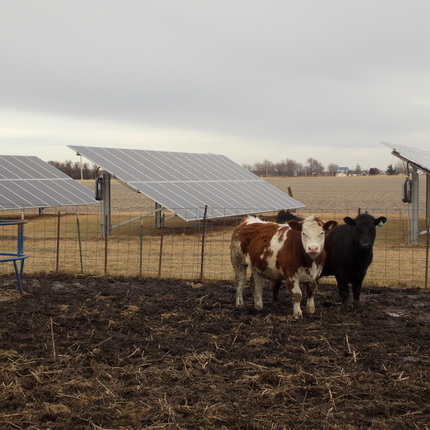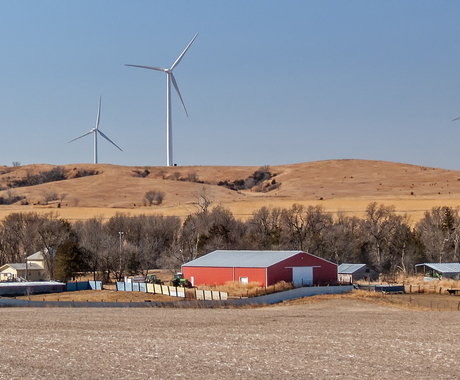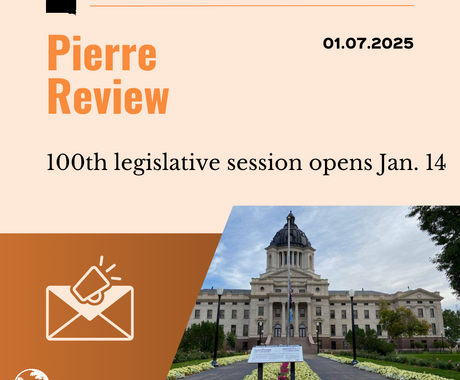By Johnathan Hladik, former policy director
Anyone who has invested in a distributed generation system will freely admit that the sun does not always shine and the wind does not always blow. This atmospheric reality can make it difficult for producers to rely exclusively on distributed energy. To overcome intermittency, system owners can choose to ration their energy use, invest in battery storage, or remain connected to the electric grid.
Many find maintaining a grid connection to be the best solution. In states that allow for net metering, there is a financial incentive to do so. In these states, distributed generation system owners receive retail credit from their local utility in exchange for the excess energy they transfer to the grid. This credit can be used to offset energy use at night or on windless days, and a system owner that produces more energy than required is reimbursed at a predetermined rate. This rate most often equals “avoided cost,” which is simply the cost the utility avoids by not having to produce that increment of power.
Each state has considerable latitude in its approach to net metering, subject only to the broad requirements found in the Public Utility Regulatory Policies Act of 1978. Three states, including South Dakota, have no policy at all. Others, such as Iowa, do not explicitly authorize net metering in statute but do enforce through regulation. The vast majority of states, including Nebraska, have established statewide interconnection and net metering rules through legislation.
No matter the approach, legislation to shape or eliminate net metering policy is frequently introduced. The 2019 legislative session was no different. Both Iowa and Nebraska saw proposals that, if passed, would have had significant implications for distributed generation system owners.
In Iowa, Senate File 583 and House File 669 would have allowed investor-owned utilities to charge distributed generation system owners with annual tariffs. Doing so would have cost system owners an estimated $300 per year, effectively discouraging investment in private renewable energy systems and making this option cost prohibitive for many Iowans. The bill passed the Senate but stalled in the House.
Legislative Bill 509 was proposed in Nebraska. This bill would have placed limits on the fees a utility could charge a customer who generates a portion of their own electricity through net metering. Additionally, LB 509 would have allowed facilities of up to 100 kilowatts to qualify for net metering, an increase from the current 25 kilowatt cap. This bill remains stalled in the Natural Resources Committee.
The relative strength of a state’s net metering policy is an important factor when considering whether to invest in a distributed generation system. Advocates of energy independence have long fought to enact and improve policies, often with favorable results. There is still progress to be made. However, it is increasingly important that advocates remain vigilant in the face of proposals meant to eliminate key incentives and turn back the clock.





